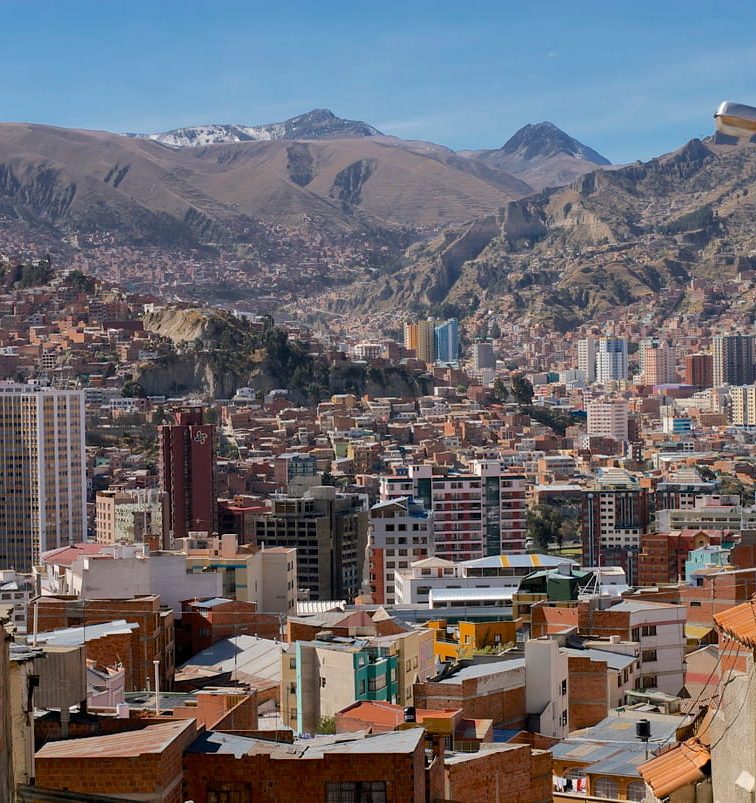Venezuela, a country of stunning landscapes and vibrant culture, is home to some remarkable facts. Imagine the breathtaking sight of Angel Falls, the world’s highest waterfall, cascading down from a towering height of 979 meters. Picture the lively streets of Caracas, where baseball reigns supreme and the spirit of Simón Bolívar, the great liberator, is ever-present.
Did you know Venezuela boasts the largest proven oil reserves in the world? Or that it is one of the top ten most biodiverse countries globally? These are just a few of the fun facts about Venezuela that make this nation truly unique.
1. Home to the World’s Highest Waterfall
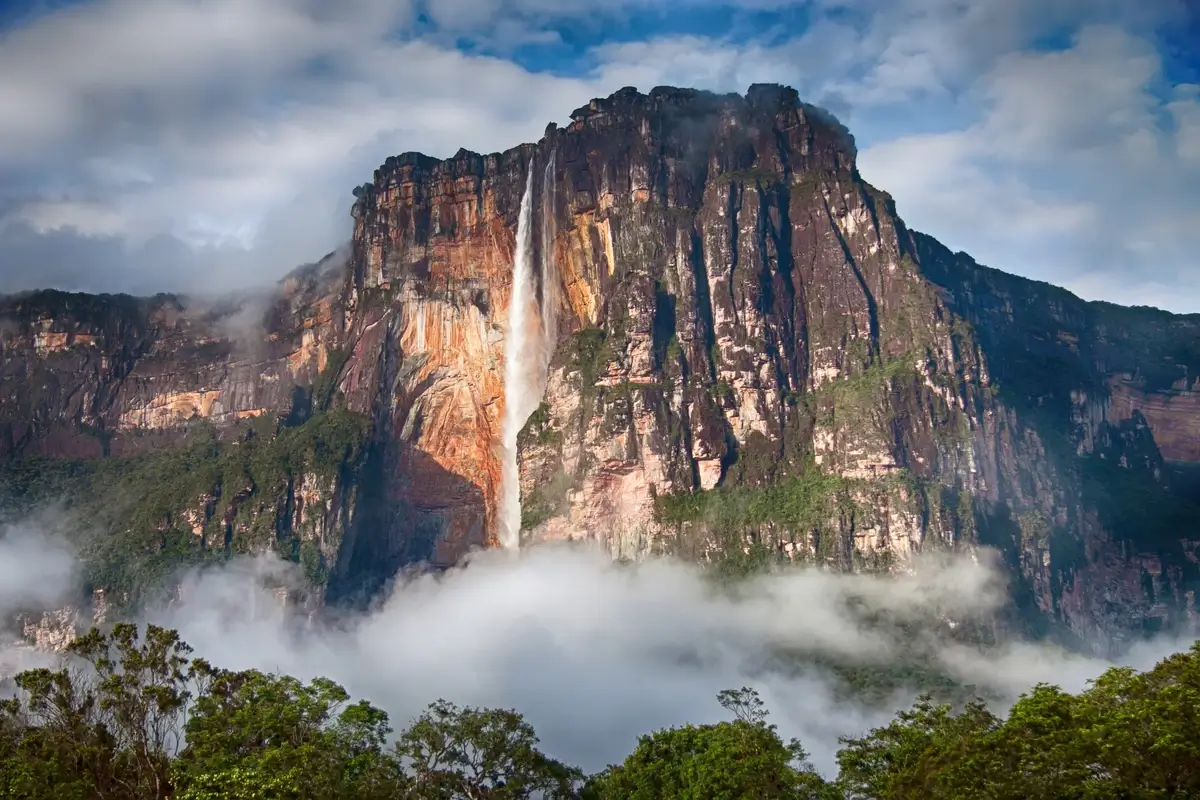
Image: worldatlas.com
Angel Falls, or Salto Ángel, is the world’s highest uninterrupted waterfall, plunging 3,212 feet (979 meters) from the summit of the Auyán-tepui mountain into Devil’s Canyon in Canaima National Park, Venezuela. Named after American aviator Jimmie Angel, who accidentally discovered the falls in 1933 while searching for gold, this natural wonder remains a symbol of awe and adventure.
Geographically, Angel Falls is located in the remote jungles of southeastern Venezuela, making it accessible primarily by air. The waterfall feeds into the Churún River, a tributary of the Carrao River, which is part of the Orinoco River system. During the dry season, the waterfall often reduces to a mere trickle, while the rainy season transforms it into a breathtaking spectacle.
Historically, the falls were known to the indigenous Pemon people as Kerepakupai Merú, meaning “waterfall of the deepest place.” The name Angel Falls was popularized in the mid-20th century following Jimmie Angel’s adventures and subsequent naming by the Venezuelan government. Despite the official use of Angel Falls, efforts to recognize its indigenous name continue.
Visitors to Angel Falls often embark on an adventurous journey involving flights over dense jungle and motorized canoe trips. The surrounding Canaima National Park, a UNESCO World Heritage site since 1994, offers a stunning array of wildlife and diverse ecosystems, making the trip to the falls an unforgettable experience.
2. Birthplace of Simón Bolívar

A statue of Simón Bolívar in Plaza Bolívar, Caracas. Image: travelmag.cz
Simón Bolívar, the renowned liberator of much of South America, was born on July 24, 1783, in Caracas, Venezuela. This birthplace is now a national monument, known as the Casa Natal del Libertador, celebrating Bolívar’s monumental role in Latin American independence movements. Bolívar’s aristocratic family provided him with a privileged upbringing, which included an education in Europe, where he was influenced by Enlightenment ideas. These ideas played a crucial role in shaping his revolutionary vision for a free and united Latin America.
Bolívar’s significance extends beyond his birth city. He is celebrated as El Libertador for his successful military campaigns against Spanish rule across Venezuela, Colombia, Ecuador, Peru, and Bolivia. Bolívar’s leadership was instrumental in the establishment of Gran Colombia, a state that unified several South American countries until its dissolution in 1831.
3. The Name Means “Little Venice”
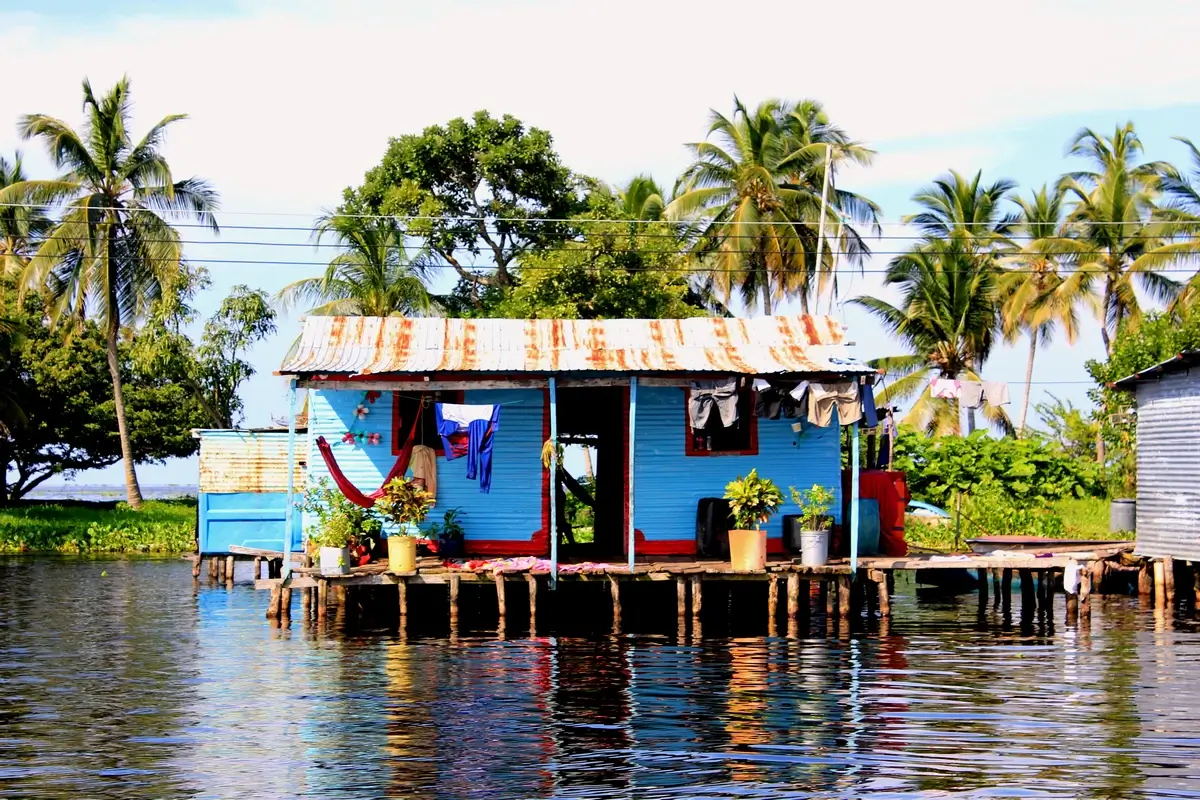
Ologá, Zulia, Venezuela. Image: Wikimedia Commons
Venezuela’s name has a unique origin tied to the early exploration of the Americas. In 1499, the Italian explorer Amerigo Vespucci, sailing under the Spanish flag, arrived at the coast of what is now Venezuela. Upon seeing the indigenous stilt houses along Lake Maracaibo, Vespucci and his crew were reminded of Venice, Italy, with its iconic canal houses. They named the region “Venezuela,” meaning “Little Venice” in Spanish. This picturesque comparison has endured through the centuries, embedding a romanticized European connection to the region’s identity.
This naming was not merely whimsical but reflected the adaptability and ingenuity of the indigenous people, who built their homes on stilts to navigate the lake’s fluctuating water levels. The resemblance to Venice’s waterways was strong enough to leave a lasting impression on the explorers, highlighting the blend of natural beauty and human innovation.
4. Rich Biodiversity
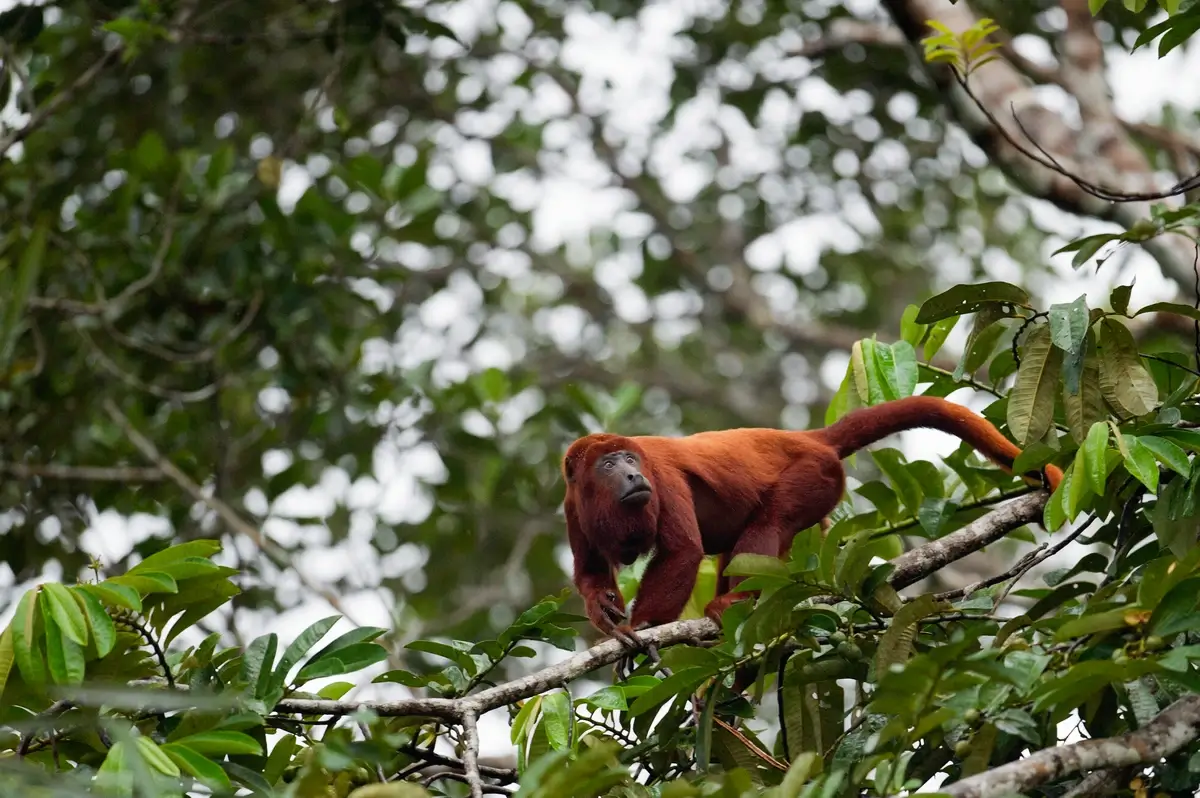
Image: thesun.co.uk
Venezuela ranks among the world’s top ten most biodiverse countries, offering a vast array of ecosystems from the Caribbean coastlines to the dense Amazon rainforest. This biodiversity is home to unique species like the Orinoco crocodile and the giant anteater. The country’s national parks, such as Canaima and Henri Pittier, protect these habitats and countless other species.
The country’s rich flora includes over 21,000 plant species, many of which are endemic. Venezuela’s fauna is equally impressive, featuring more than 1,400 bird species and numerous mammals, reptiles, and amphibians. This incredible biodiversity makes Venezuela a vital area for conservation efforts.
5. Baseball is the Most Popular Sport

Image: insidethegames.biz
Baseball holds a special place in Venezuelan culture and is considered the most popular sport in the country. The sport was introduced in the late 19th century by Venezuelan students who had studied in the United States. By the early 20th century, baseball had become a national pastime. The Venezuelan Professional Baseball League (Liga Venezolana de Béisbol Profesional) was established in 1945 and continues to be a significant part of the country’s sports landscape.
Venezuelan baseball has produced numerous Major League Baseball (MLB) stars, including Hall of Famers like Luis Aparicio and contemporary greats like Miguel Cabrera. The country’s passion for baseball is evident in the success of the Venezuelan national team, which has performed well in international competitions such as the World Baseball Classic.
The sport is more than just a game in Venezuela; it is a source of national pride and unity. Baseball games are major social events, drawing large crowds and fostering a sense of community. The country’s strong baseball tradition is supported by a network of youth academies that nurture future talent, ensuring that Venezuela remains a powerhouse in the sport.
6. Independence from Spain
Venezuela’s struggle for independence from Spain was marked by pivotal events and influential leaders. The first significant move towards independence came on April 19, 1810, when Venezuelan patriots declared provisional independence from Spain. This date, known as “Firma Acta de la Independencia,” marked the beginning of Venezuela’s fight against colonial rule.
The definitive declaration of independence was signed on July 5, 1811. This followed intense battles and strategic moves led by figures such as Francisco de Miranda and Simón Bolívar. The Battle of Carabobo on June 24, 1821, was a decisive victory that solidified Venezuela’s independence. Bolívar, often called “The Liberator,” played a crucial role in this victory and in the broader Latin American independence movement.
The impact of Venezuela’s independence was profound, not only freeing the nation from Spanish rule but also inspiring other Latin American countries to pursue their own independence movements.
7. Renowned for High-Quality Cocoa
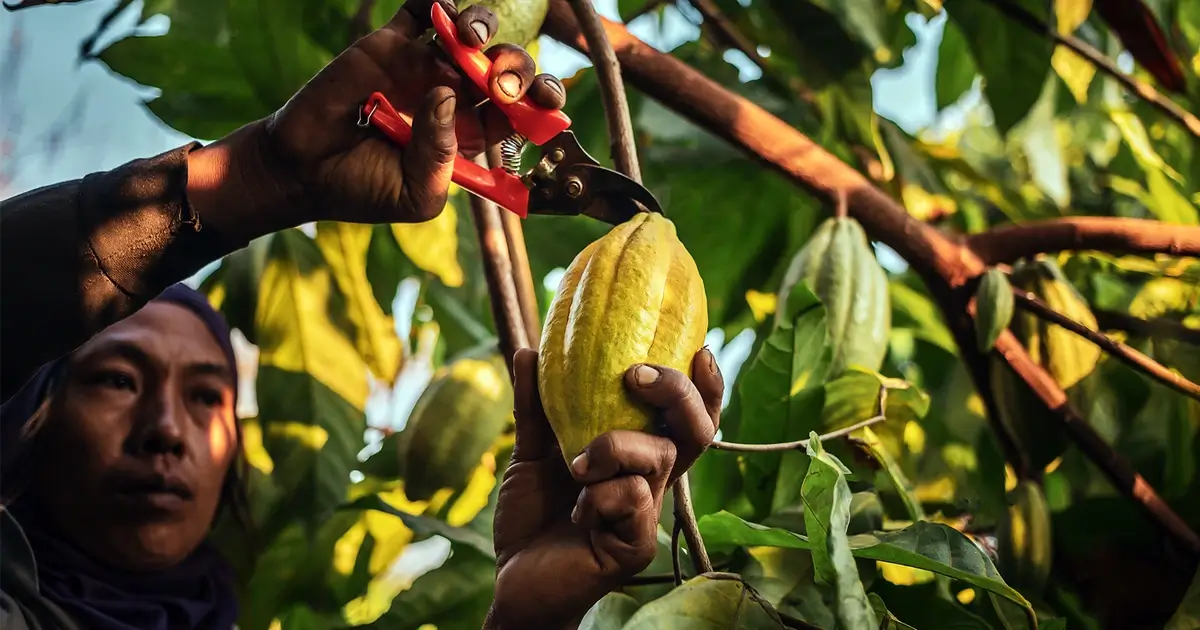
Image: contentstack.com
Venezuela is famed for producing some of the finest cocoa beans in the world, a legacy dating back to the pre-Columbian era. Venezuelan cocoa is particularly prized for its unique flavor profiles, including notes of raisins, chestnut, licorice, and roasted undertones. This exceptional quality is attributed to the country’s diverse climatic regions, which range from coastal areas to mountainous regions, creating ideal growing conditions for various cocoa varieties.
One of the most esteemed cocoa varieties is the Criollo bean, which is often described as the “Prince of Cocoa” due to its rarity and superior flavor. The Criollo and other high-quality beans from Venezuela are in high demand by gourmet chocolate makers globally. Companies like Cacao San José have been cultivating cocoa in Venezuela since the 19th century, focusing on sustainable farming practices and maintaining genetic diversity among their cocoa plants. Their dedication ensures the continuation of Venezuela’s rich cocoa tradition despite economic and political challenges.
Venezuelan cocoa’s reputation for quality has led to long-term partnerships with international chocolate brands like Valrhona, which highlight the beans’ exceptional characteristics in their products. These collaborations also support local communities through educational and entrepreneurial initiatives, fostering both economic and social development.
8. Home to the Everlasting Lightning Storm
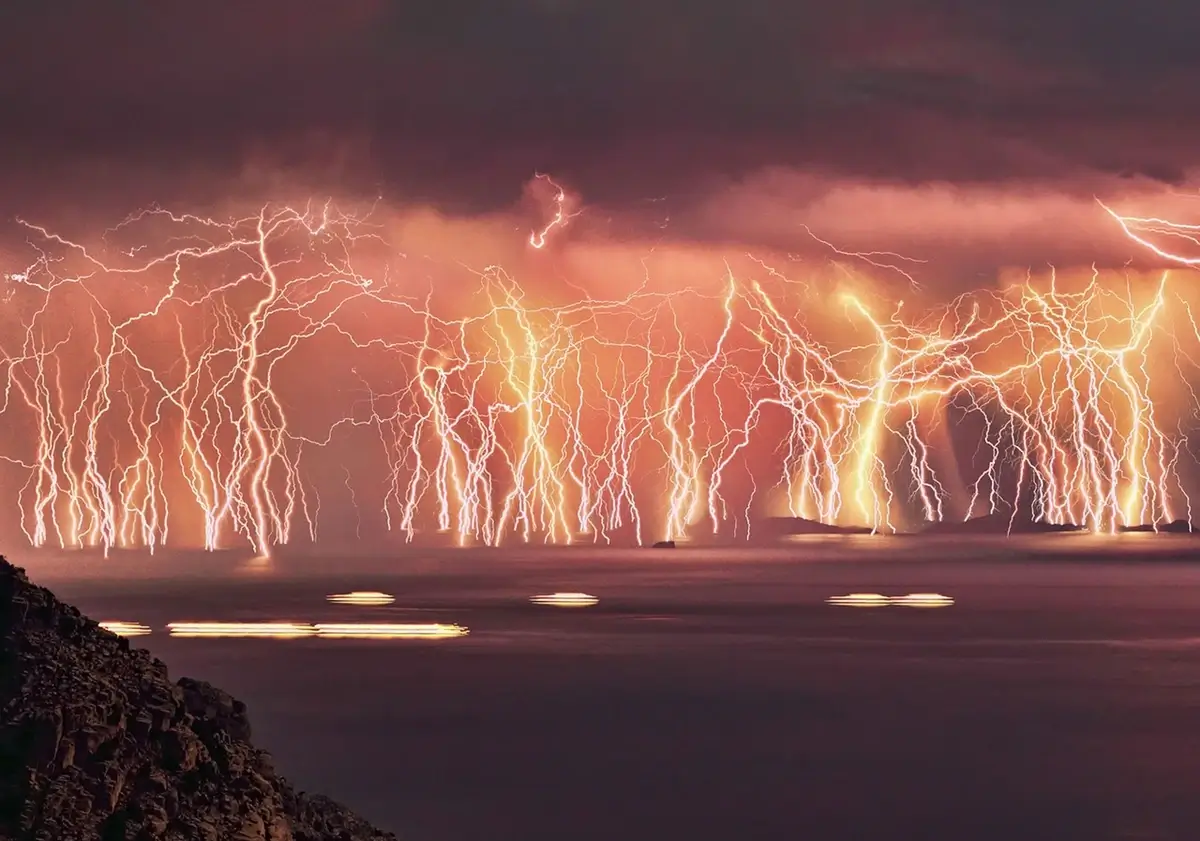
Image: naturphilosophie.co.uk
Venezuela is home to a natural phenomenon known as the Catatumbo lightning, occurring at the mouth of the Catatumbo River where it meets Lake Maracaibo. This unique meteorological event produces an astonishing number of lightning bolts, with over 1.2 million flashes per year. Known as the “Lighthouse of Maracaibo,” the storm is so consistent that it has been used for navigation by sailors.
Scientists attribute this phenomenon to the unique topography and wind patterns in the region, where warm Caribbean trade winds collide with cool air from the Andes, creating optimal conditions for lightning storms.
9. Unique Christmas Tradition

Image: digibuddha.com
In Venezuela, a unique Christmas tradition takes place in the capital city of Caracas, where residents celebrate the holiday by roller skating to early morning church services. This tradition, known as “Parranda de Navidad” or “Roller Skate Mass,” happens from December 16th to December 24th. Streets are closed to vehicular traffic, allowing churchgoers to glide through the city, creating a festive and joyous atmosphere.
The origins of this tradition date back to the 20th century when locals began using roller skates as a practical means to attend early church services due to the absence of cars. Over time, this evolved into a cherished custom, symbolizing the community spirit and joy of the season. Participants often wear holiday attire and enjoy the journey with friends and family, accompanied by the sound of Christmas carols.
10. Joropo: The National Dance
Joropo, Venezuela’s national dance, epitomizes the country’s cultural heritage. Originating in the plains (llanos) of Venezuela and Colombia, Joropo is a vibrant mix of music, dance, and singing. The dance is characterized by fast-paced, rhythmic footwork and intricate steps that mirror the galloping of horses. Typically performed in pairs, the dance represents the bond between the llaneros (plainsmen) and their rural life.
The music accompanying Joropo features instruments such as the cuatro (a four-stringed guitar), maracas, and the harp, creating a lively and energetic atmosphere. This traditional genre evolved from European, African, and indigenous influences, symbolizing Venezuela’s rich cultural tapestry. Famous Joropo pieces include “Alma Llanera” and “Fiesta en Elorza,” which have become synonymous with Venezuelan identity.
11. Highest Murder Rate
Venezuela has struggled with high murder rates for years, often topping the global charts. Despite recent claims of declining crime rates by the government, independent reports suggest the situation remains dire. In 2022, the murder rate was estimated at 40.4 per 100,000 inhabitants, significantly higher than most countries. The Venezuelan Violence Observatory (OVV) indicates that economic collapse, social unrest, and weakened law enforcement contribute to pervasive violence.
Government reports highlight a 25% reduction in crime, attributed to security operations. However, the OVV suggests that this decrease may be due to criminal migration and the monopolization of violence by organized crime groups rather than effective policing.
12. First to Abolish Death Penalty
Venezuela holds the distinction of being the first country in the world to abolish the death penalty for all crimes. This landmark decision was made in 1863 under the leadership of President Juan Crisóstomo Falcón. Prior to this, San Marino had enacted a de facto ban in 1848, but it did not abolish the death penalty entirely until later.
Venezuela’s move was a significant step in the global trend towards the abolition of capital punishment, which has seen over 100 countries follow suit since the late 20th century.
13. Diverse Cuisine
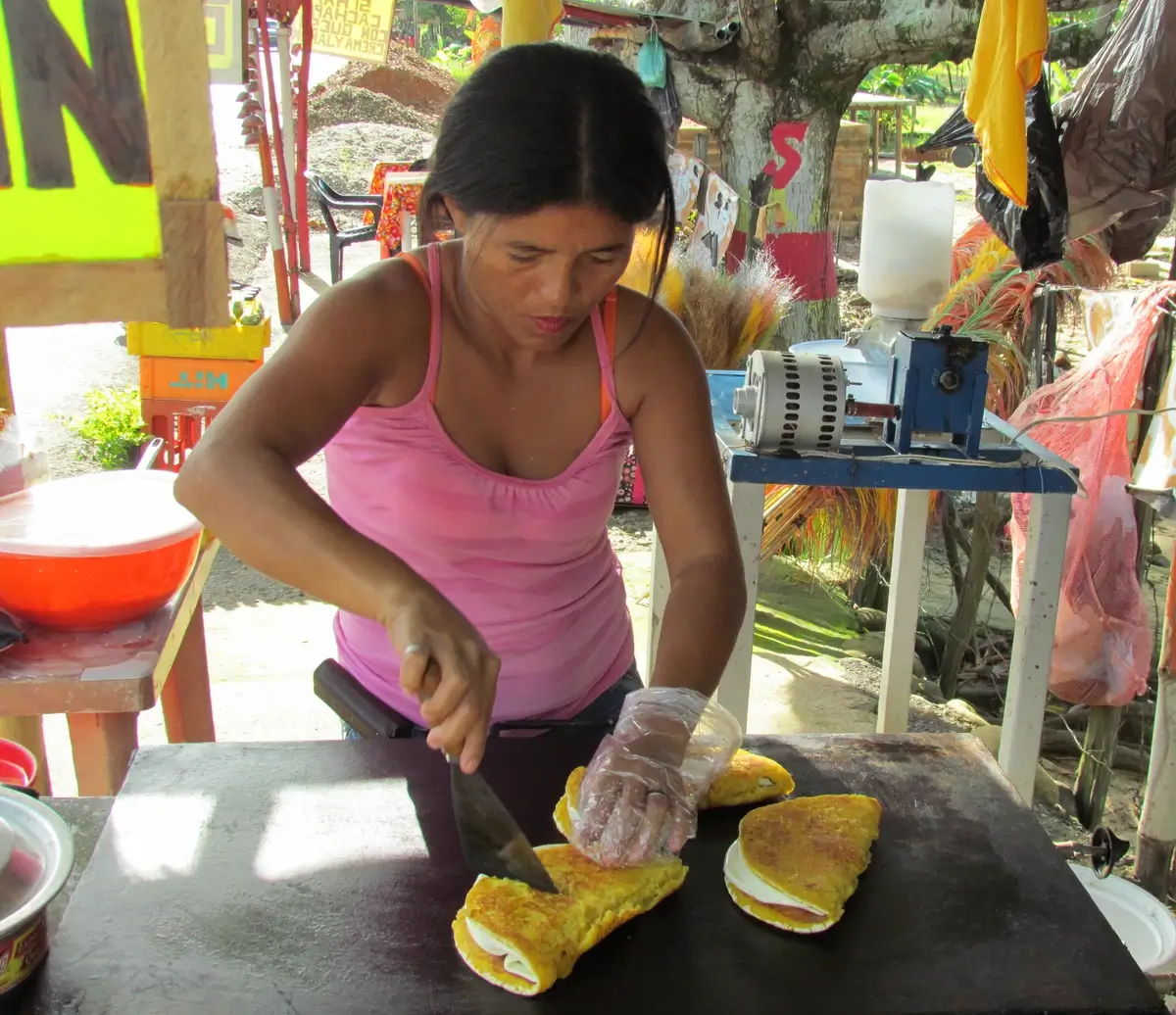
Image: Wikimedia Commons
Venezuelan cuisine is a rich blend of indigenous, African, and European culinary traditions. This diversity is reflected in its iconic dishes.
Arepas, made from cornmeal and often stuffed with cheese, meat, or avocado, are a staple. Pabellón Criollo, considered the national dish, consists of shredded beef, black beans, rice, and fried plantains. Hallacas, typically enjoyed during Christmas, are corn dough parcels filled with a mixture of meats and wrapped in plantain leaves, a tradition believed to date back to the indigenous people of Venezuela.
14. McDonald’s Prices

Image: reddit.com
McDonald’s prices in Venezuela have skyrocketed due to hyperinflation, making a simple meal unaffordable for many locals. A Big Mac costs around $9, significantly higher than in other countries.
This pricing is reflective of Venezuela’s broader economic struggles, where even basic food items are often priced beyond the reach of the average citizen.
15. Longest Coastline in the Caribbean
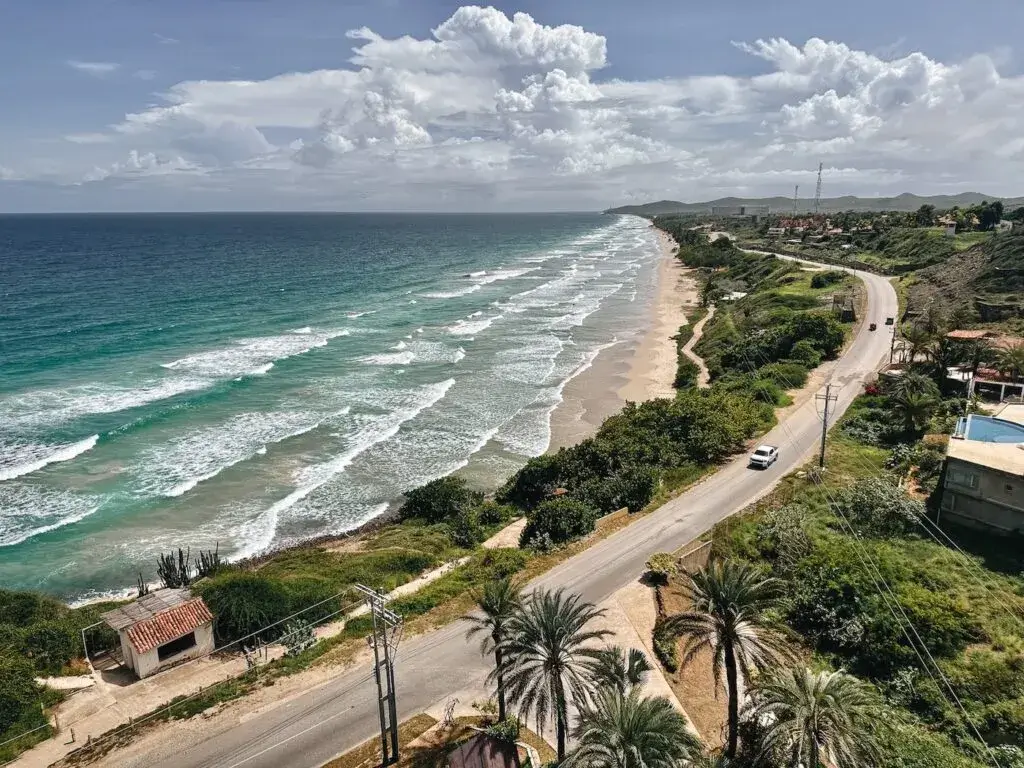
Image: passporterapp.com
Venezuela boasts the longest Caribbean coastline among South American countries, stretching approximately 1,740 miles (2,800 km). This extensive coastline includes diverse landscapes such as sandy beaches, lush mangroves, and numerous islands.
The most notable is the Los Roques Archipelago, a national park known for its stunning coral reefs and vibrant marine life, making it a popular destination for diving and snorkeling enthusiasts. Historical ties and strategic ports have also played significant roles in Venezuela’s development, with its coastline being pivotal for trade and tourism.
16. Produces Quality Rum
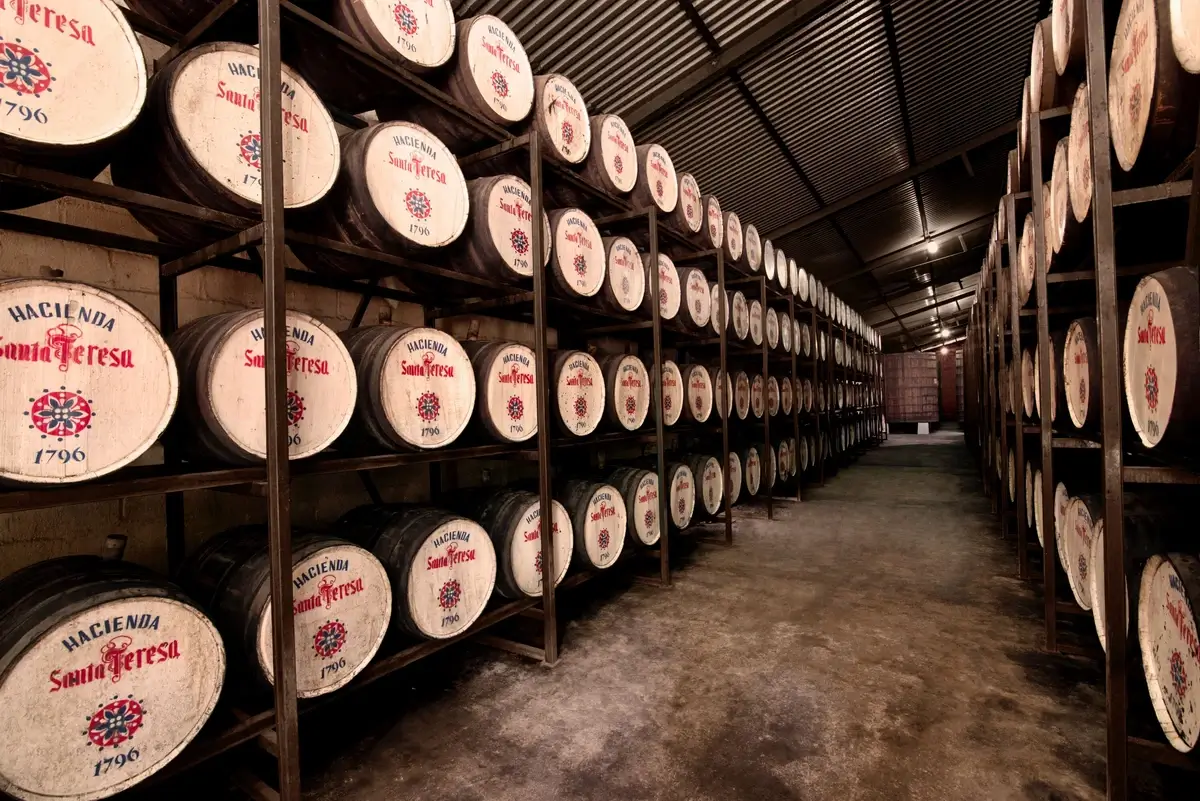
Image: wine.com
Venezuela is renowned for its high-quality rum, often celebrated for its unique production process and exceptional taste. Venezuelan rum benefits from the country’s ideal climate for sugar cane cultivation, which includes a warm climate, year-round sun, and abundant rainfall. This terroir contributes to the distinctive flavors of Venezuelan rums.
One of the most famous Venezuelan rums is Santa Teresa 1796, which is produced using the solera method. This method involves blending rums aged up to 35 years in bourbon oak barrels, resulting in a complex and refined spirit with a smooth, dry finish. The entire process, from harvesting sugar cane to bottling, takes place at the Hacienda Santa Teresa in the Aragua Valley.
Venezuelan rum is protected by the Denomination of Controlled Origin (DOC) Ron de Venezuela, ensuring it meets strict quality standards. To earn this designation, rum must be aged for at least two years in American white oak barrels and must not contain foreign substances that artificially alter its color, flavor, or aroma.
17. Children Choose School Hours

Image: denverpost.com
In the state of Miranda, Venezuela, an experimental educational approach allows students to choose their school hours. This initiative, part of a broader set of educational reforms, aims to increase student engagement and tailor education to individual needs.
By giving students control over their schedules, the program seeks to foster a more flexible and responsive learning environment. However, this system has sparked debate about its effectiveness and the potential challenges in implementing such flexible schedules on a larger scale.
18. National Flower: Cattleya Orchid
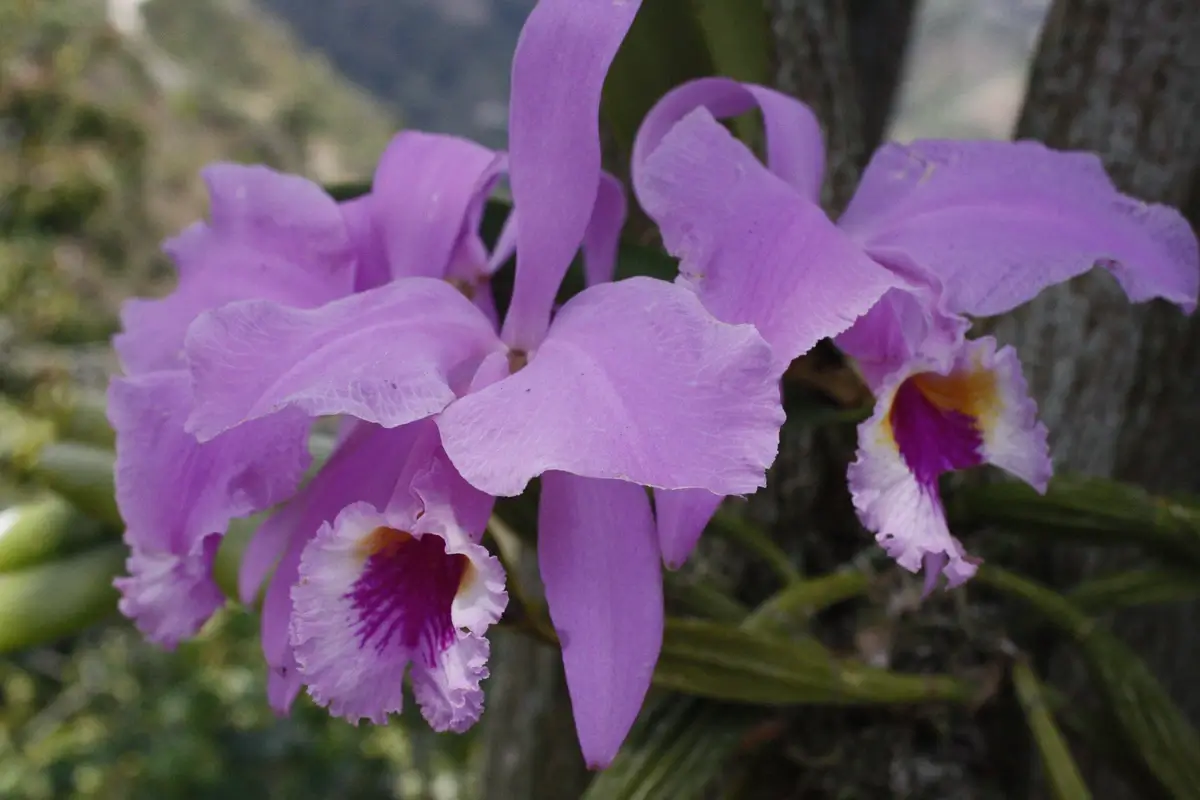
Image: steemitimages.com
The national flower of Venezuela is the Cattleya orchid, specifically Cattleya mossiae, also known as “Flor de Mayo” or “May Flower.” This orchid, characterized by its pale pink to lavender petals and a vibrant crimson and white lip, blooms from April to May, aligning with the Easter period. The Cattleya orchid symbolizes grace, luxury, beauty, and strength, reflecting the spirit of the Venezuelan people.
Found primarily in Venezuela’s tropical rainforests, the Cattleya orchid thrives as an epiphyte, growing on other plants. This relationship supports biodiversity by attracting pollinators such as bees and butterflies. The orchid also forms a mutualistic relationship with mycorrhizal fungi, aiding its nutrient absorption.
The orchid is more than just a national symbol; it represents resilience and hope, mirroring the Venezuelan people’s ability to overcome adversity. It is also a source of national pride, contributing to the country’s natural beauty and cultural heritage.
19. Venezuela’s Unique Tepui Mountains
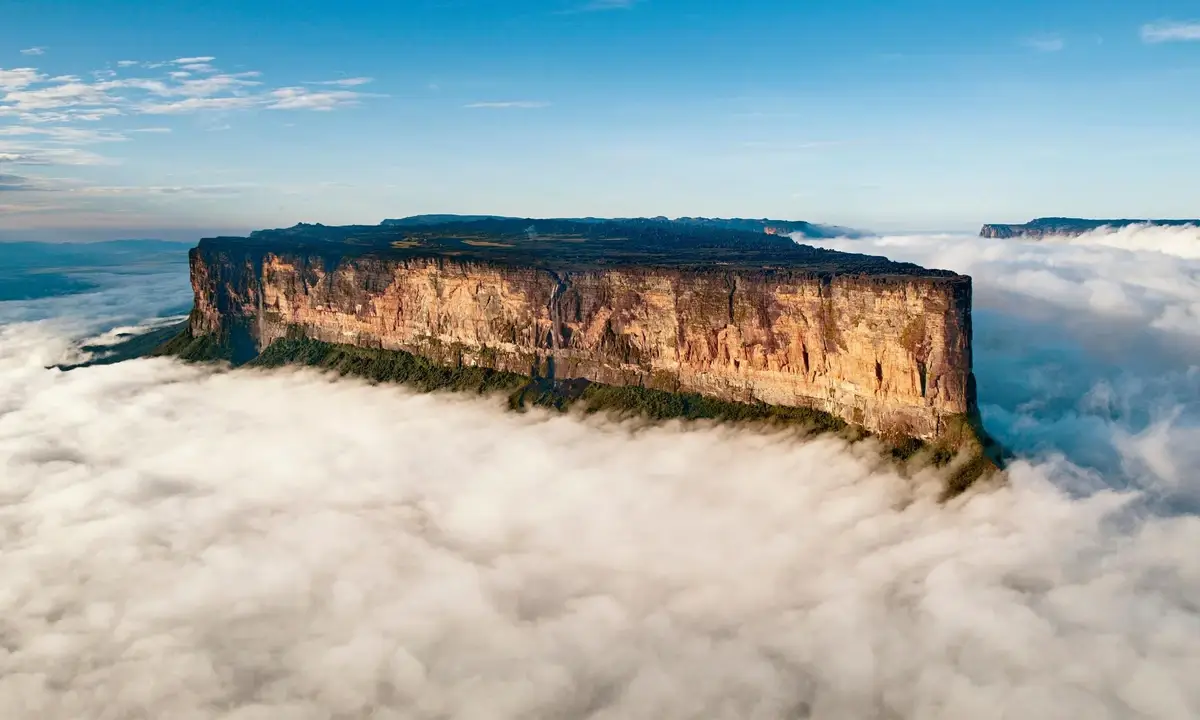
Image: elpais.com
The Tepui mountains of Venezuela, known for their flat-topped formations, are some of the oldest geological structures in South America. Located primarily in Canaima National Park, these tepuis rise dramatically from the surrounding forest, reaching heights of 1,000 to 3,000 meters. The park itself spans over 30,000 square kilometers, making it one of Venezuela’s largest protected areas.
Tepuis, meaning “house of the gods” in the language of the indigenous Pemón people, are home to a variety of unique flora and fauna. Approximately one-third of the vegetation on these mountains is endemic, found nowhere else on Earth. The tepuis also support diverse wildlife, including monkeys, jaguars, pumas, and several bat species on their lower slopes, and reptiles like iguanas and lizards on the summits.
One of the most famous tepuis is Auyán Tepui, which hosts Angel Falls, the tallest uninterrupted waterfall in the world, plunging nearly 1,000 meters. The tepuis’ isolated ecosystems and stunning landscapes have inspired numerous works of fiction, including Arthur Conan Doyle’s “The Lost World” and the movie “Up.”
20. Roraima: The Inspiration for “The Lost World”
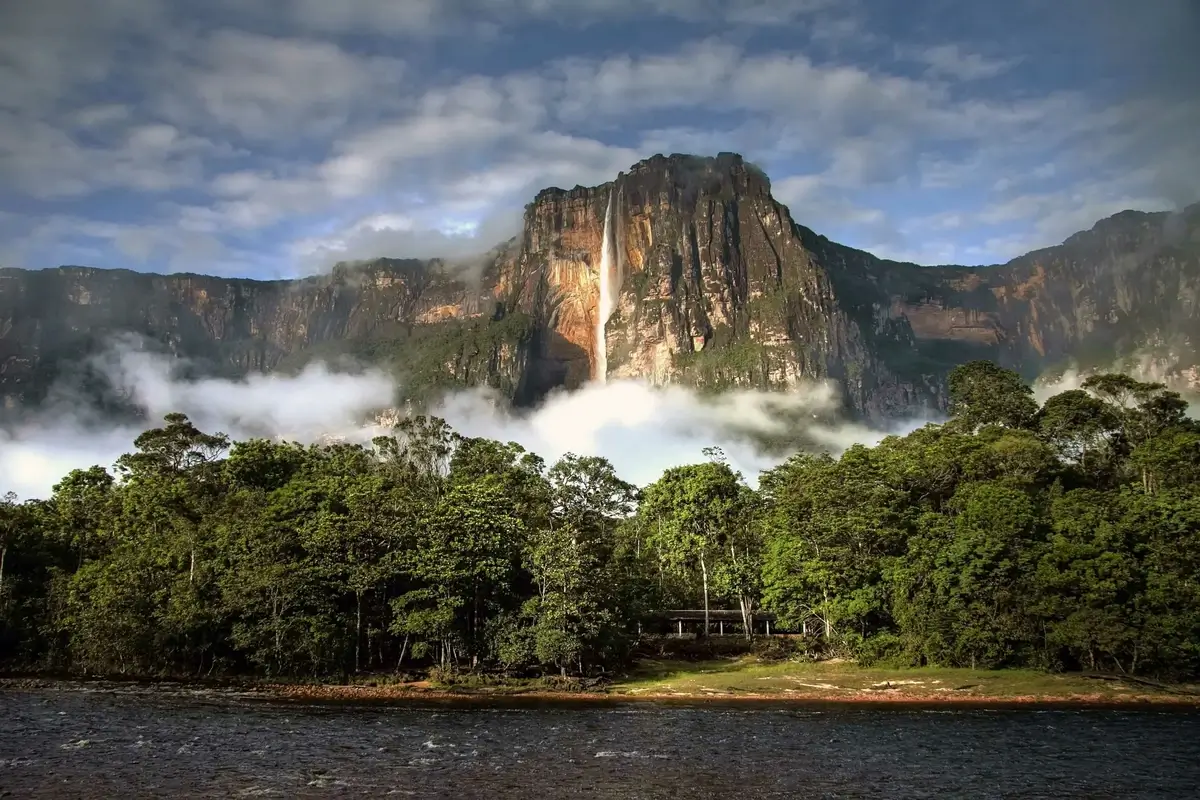
Image: steemitimages.com
Mount Roraima, located in Venezuela’s Gran Sabana region, is one of the most spectacular tepui mountains. Its unique tabletop formation and dramatic vertical cliffs inspired Sir Arthur Conan Doyle’s 1912 novel, “The Lost World.” This adventure tale imagines prehistoric creatures still roaming the summit of an isolated plateau, mirroring the real-life mysterious and ancient ecosystem of Mount Roraima.
Roraima is part of the Guiana Shield, one of the oldest geological formations on Earth, dating back over two billion years. The mountain’s sheer cliffs and flat summit were shaped by millennia of erosion and tectonic uplift. Its remote location and challenging terrain make it a haven for unique flora and fauna, some of which are found nowhere else on the planet. The surrounding area is also home to the indigenous Pemon people, who have a deep connection to the land.
21. Traditional Hat: The Llanero’s Sombrero
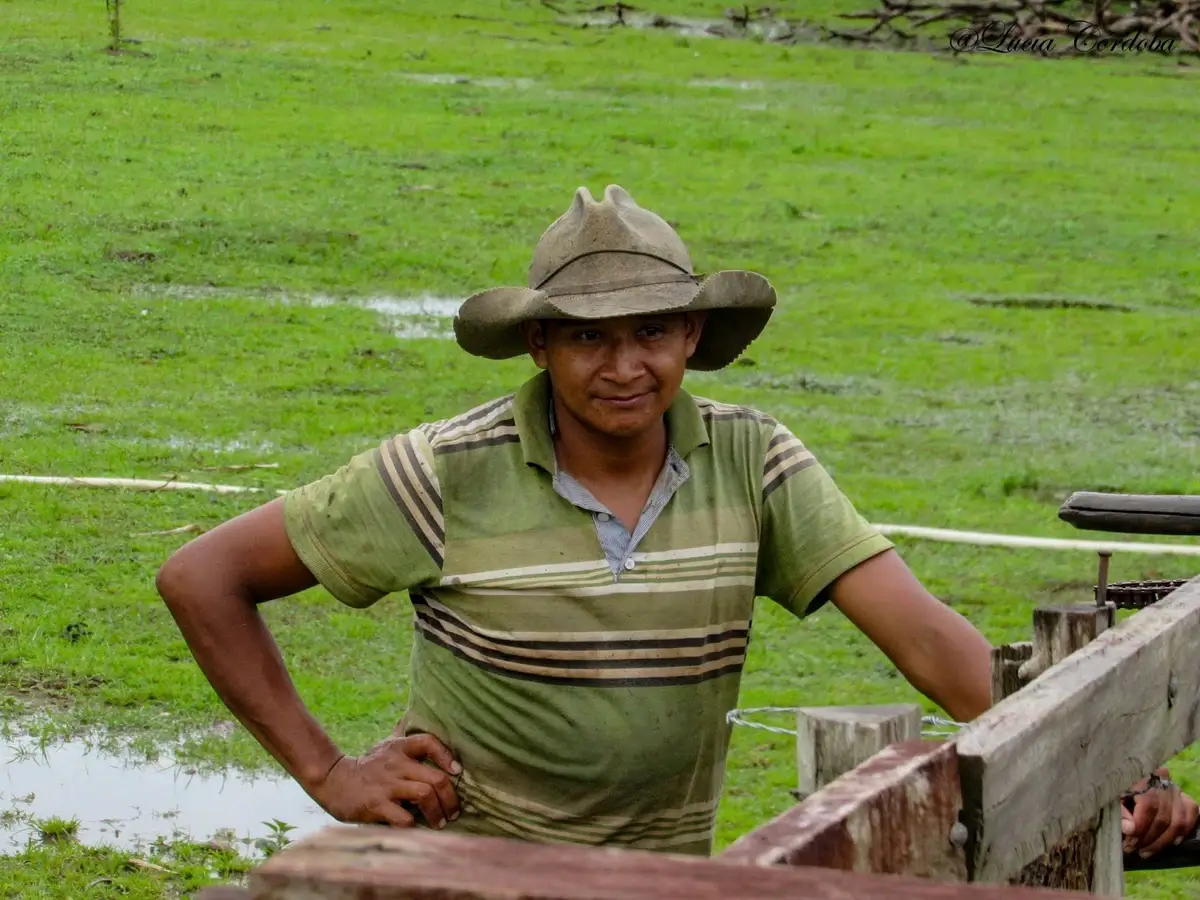
Image: laguatadelpauto.blogspot.com
The Llanero’s sombrero is an iconic symbol of Venezuelan culture, especially in the plains (llanos) region. This wide-brimmed hat, typically made from palm leaves or straw, is not just a fashion statement but a practical tool for the Llaneros, the cowboys of Venezuela. It provides essential protection against the harsh sun and rain while they work the vast grasslands.
Llanero culture dates back to the 16th century, influenced by Spanish colonists who brought cattle ranching to South America. The sombrero became a staple due to its durability and functionality. Traditionally, Llaneros also wore cotton shirts, trousers, and alpargatas (canvas shoes) to complete their attire.
The hat’s design can vary, with some featuring decorative bands or embroidery, reflecting personal style and regional variations. The Llanero’s sombrero remains a proud symbol of Venezuelan heritage, celebrated in folk music, dance, and festivals.
22. The Ghost Town of Potosí
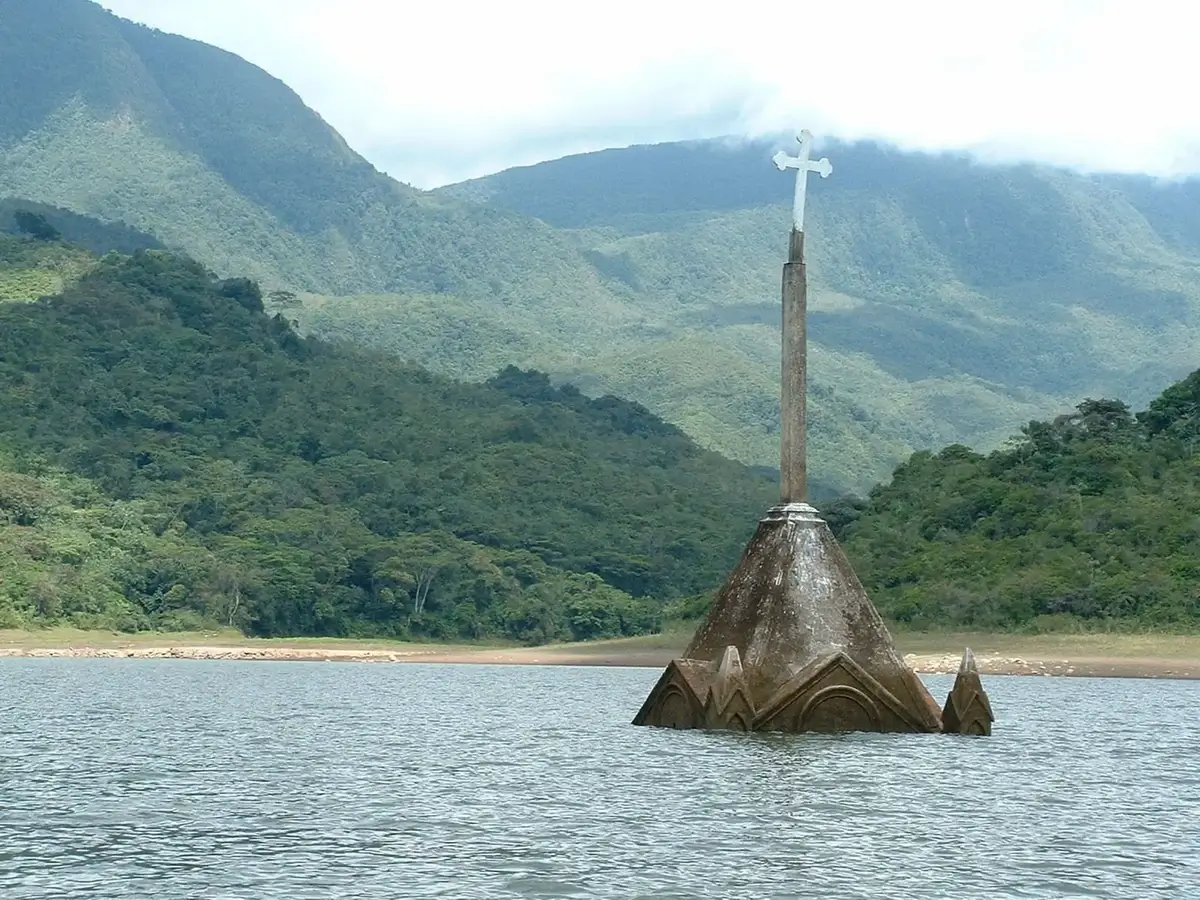
The bell tower of Potosí’s church emerging from the reservoir waters. Image: independent.co.uk
Potosí, located in the Andes of Venezuela, was once a thriving town. Established in the early 20th century, it was home to around 1,200 residents. However, in 1985, the Venezuelan government decided to construct the Uribante Reservoir, and the entire town was submerged.
The ruins of Potosí resurfaced in 2010 when drought conditions caused the water level to drop significantly. The church, particularly its bell tower, became a poignant symbol of the town’s history. Visitors can now explore the remnants of Potosí, witnessing a stark reminder of the past and the impact of environmental changes.
This ghost town attracts tourists and historians alike, drawn to its eerie beauty and the stories of its former inhabitants. Potosí stands as a testament to Venezuela’s complex history, blending human resilience with the forces of nature.
FAQ
What is Venezuelan famous for?
Venezuela is famous for its vast oil reserves, making it one of the world’s largest oil exporters. The country is also known for its stunning natural landscapes, including Angel Falls, the world’s highest waterfall, and the unique tepui mountains. Additionally, Venezuela has a strong tradition in beauty pageants, boasting numerous Miss Universe and Miss World winners.
Is Venezuela a rich or poor country?
Venezuela possesses immense natural resources, particularly in oil, which should theoretically make it wealthy. However, economic mismanagement, corruption, and political instability have led to severe economic decline, hyperinflation, and widespread poverty. Therefore, despite its resources, Venezuela is currently considered a poor country.
What is Venezuela proud of?
Venezuela takes pride in its natural beauty, cultural heritage, and achievements in sports and beauty pageants. The country is also proud of its historical figures like Simón Bolívar, who played a crucial role in Latin America’s independence from Spanish rule.
What is the national drink of Venezuela?
The national drink of Venezuela is “rum.” Venezuela is renowned for its high-quality rum, with brands like Diplomatico and Santa Teresa gaining international acclaim.
How do you say hello in Venezuela?
In Venezuela, “hello” is commonly said as “Hola.” Additionally, “¿Cómo estás?” (How are you?) is a friendly greeting often used in casual conversations.
What is the national animal of Venezuela?
The national animal of Venezuela is the Venezuelan troupial (Icterus icterus), a strikingly colorful bird known for its vibrant orange and black plumage and melodious song.
What is traditional Venezuelan food?
Traditional Venezuelan food includes arepas (cornmeal cakes), pabellón criollo (a dish of shredded beef, black beans, rice, and plantains), hallacas (corn dough stuffed with a stew of meats, wrapped in plantain leaves), and empanadas (stuffed pastries). These dishes reflect the country’s rich culinary heritage and cultural diversity.






